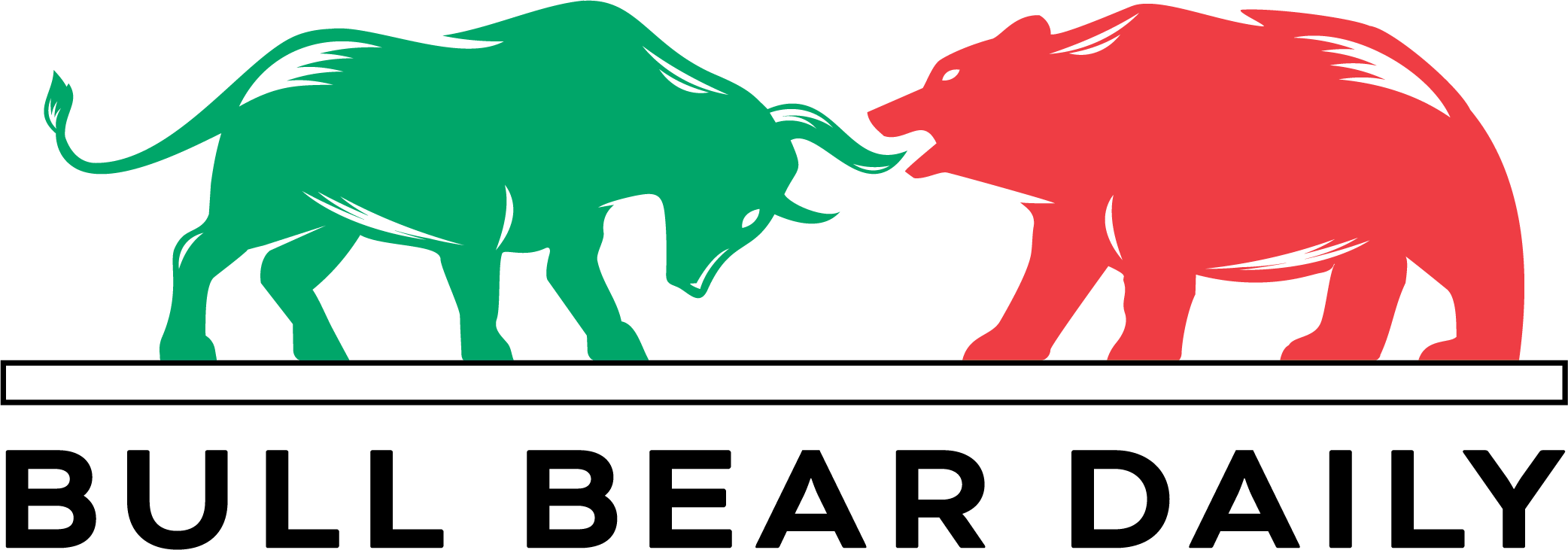(Reuters) -U.S. prices are up and economic activity and employment have changed little since March across most of the nation, the Federal Reserve said on Wednesday in a report that captures some of the early fallout from U.S. President Donald Trump’s erratic rollout of sweeping tariffs aimed at reshaping global trade.
“Uncertainty around international trade policy was pervasive across reports,” the U.S. central bank said in its latest snapshot of the nation’s economic condition, based on surveys, interviews and observations collected from the commercial and community contacts of each of the Fed’s 12 regional banks. “The outlook in several Districts worsened considerably as economic uncertainty, particularly surrounding tariffs, rose.”
The “Beige Book,” as the report is known, helps capture the economic reality and mood two weeks ahead of each Fed policy meeting. Fed Chair Jerome Powell has said it’s critical in shaping his own understanding of where things are headed.
This time it may be particularly informative, as it is based on information collected through April 14, a period that included a rapid escalation of global trade tensions.
Powell and other Fed policymakers say the tariffs will likely lead to both higher inflation and slower economic growth, a tricky mix because the central bank’s policy lever – the control of short-term interest rates – can only fight one of those problems at a time. For now, central bankers plan to wait to see where Trump’s tariffs end up and how prices and the labor market actually evolve before taking any action.
Even Chicago Fed President Austan Goolsbee, considered among the more dovish of Fed policymakers, says he wants to hold fire until the dust settles, especially with the 4.2% unemployment rate indicating a still-solid labor market, and inflation, estimated at 2.3% in March by the Fed’s preferred measure, nearing the Fed’s 2% goal.
Some cracks have appeared. Household and business confidence has dived, and surveys show families expect inflation to rise over the next year even as most indicators show longer-term inflation expectations, which the Fed feels can influence actual inflation, remain stable.
Trump has attacked Powell for not cutting rates, accusing the Fed chair of courting an economic downturn that most analysts say is becoming more likely due to Trump’s trade policy that is both more aggressive and less predictable than expected.
Financial markets are betting the Fed will start cutting rates in June. The Fed’s next rate-setting meeting is May 6-7, and central bankers are expected to leave the policy rate in its current 4.25%-4.50% range.
(Reporting by Ann Saphir; Editing by Andrea Ricci)



